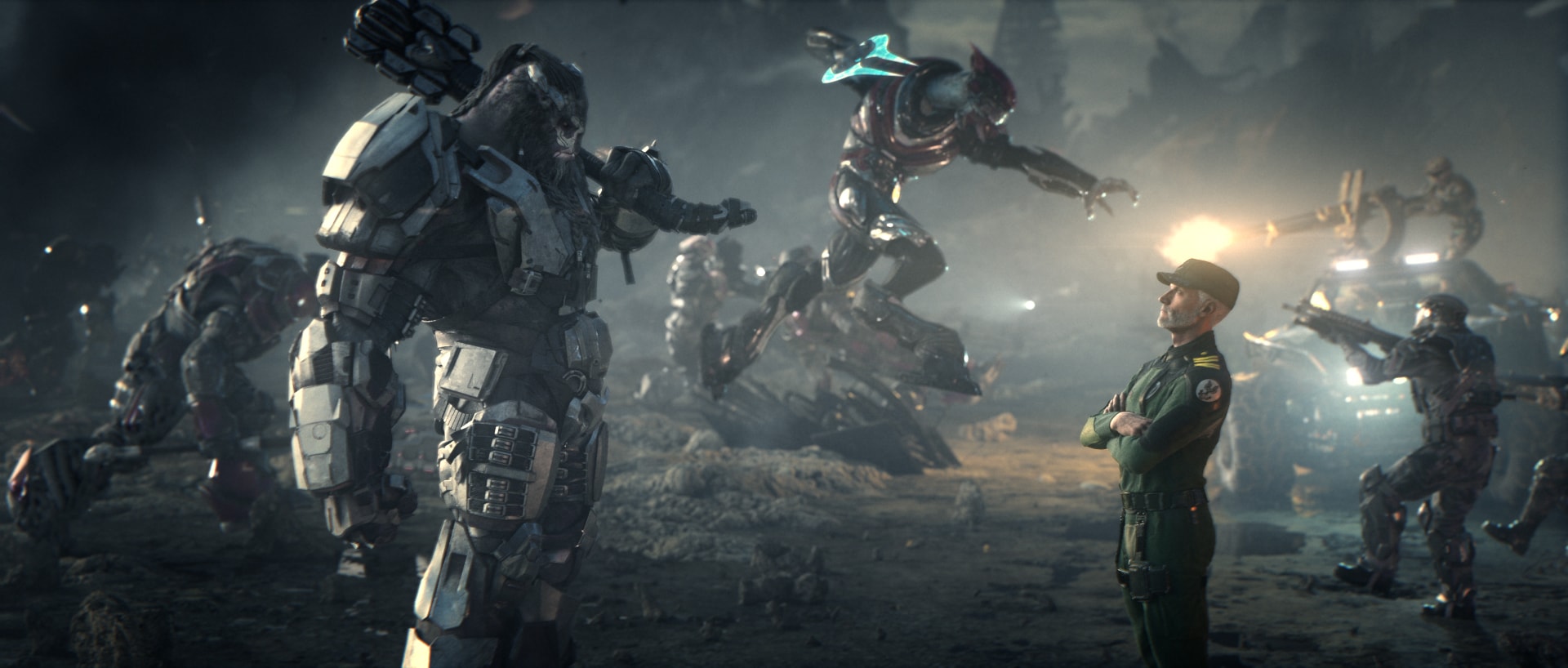
The War Office, however, refused to finalize the design, pending the results of large-scale trials planned for September. In April CMHQ asked the DTD for a copy of the plans and drawings of the changes, and for an example of one of the 50 pilot No.2 Contract Rota-trailers that, it understood, were being built by Tecalemite. Production in Canada was put on hold until the design changes could be passed back to DM&S. These modifications were not incorporated in the first batch of British Rota-trailers received by the CAOS, which had racks only for 2-pounder or 37mm ammunition. Various parts were reinforced, the trailer lid was raised by 10cm to accommodate 6-pounder and 75mm APCBC ammunition, and the standard British 2-gallon oil and water canisters were replaced by jerricans. By then, the British had made a number of design changes to rectify the various weaknesses revealed by actual service conditions. īy April 1943, the Rota-trailer was about to enter production in Canada, based largely on the original British No.1 Contract design. A specially designed towing hook was required.
:no_upscale()/cdn.vox-cdn.com/uploads/chorus_asset/file/22838148/vlcsnap_2021_09_09_16h43m02s738.png)
Cases were known of trailers being turned upside-down as they bounced along – completely bending the hook out of shape. Towing the trailer placed considerable stress on the tow-bar, which needed to be strengthened, and on the tank’s towing hook and its attachment to the hull. In actual operations the Rota-trailer proved less robust than advertised. According to DM&S Design Record, a single pilot was built, incorporating a number of modifications to make it sturdier. An initial order for 500 Rota-trailers was placed under Contract Demand LV1704. In Canada DM&S estimated that within three months of its receiving the go-ahead it could have the Rota-trailer in production in Canada.īy January 1943 CMHQ had decided to bid for 600 British-made Rota-trailers for use with the Ram, while DM&S would contract for 1,350 for use with its planned production run of the Grizzly (M4A1). The War Office offered to provide the CAOS with 30 to 40 a week from British production. By then, the proposed scale of issue for Rota-trailers had increased to one for each tank, bringing the requirement to 1,140. The Canadian Department of Munitions and Supplies (DM&S) used these to build a pilot version which was ready in November. However, in the event that Canadian production might be required, CMHQ sent a set of plans and drawings to Ottawa, in July 1942, followed by a complete Rota-trailer shipped at the end of August. As the British could provide the Canadian Army Overseas (CAOS) with 20 Rota-trailers a week, from their own production, Canadian Military HQ’s (CMHQ) preference was to procure its Rota-trailers locally.Ĭanadian-made Rota-trailer. Initially it was proposed that one trailer be issued to each troop (three tanks) or six per squadron, bringing the estimated Canadian requirements to 300-400 trailers. Except in extreme conditions (such as steep muddy slopes) towing a Rota-trailer did not affect the Ram’s performance nor did it appreciably increase fuel consumption. In normal training the trailer itself stood-up well. Trials using Canadian Ram tanks to tow the Rota-trailer were undertaken by 5 th Canadian Armoured Division. Each unit cost about £200 (about $1,000 at the exchange rate of that time).īased on the British War Office’s policy, First Canadian Army directed on 2 September 1942 that all its tanks should be fitted with a towing attachment with a quick-release hook that could pull a Rota-trailer. Its unladen weight was 1.6 metric tonnes, its gross weight 2.6 tonnes. Overall it was 3.1 metres long, 1.9 metres wide and 0.96 metres high. Additionally it carried lubricating oil (30 litres), water (50 litres) and seven ration boxes. The platform box could carry 900 rounds of small arms ammunition (.303 or Besa) and either 106 2-pounder or 37mm rounds or 40 6-pounder or 75mm rounds.

Ammunition (or other supplies) was carried in the platform box and fuel in the hollow wheels, each of which held 60 imperial gallons (300 litres).

The Rota-trailer comprised two cylindrical drums, with tires, which formed the wheels held together by a central framework comprising the axle, platform box and towing bar. By May a contract had been placed with a British firm, Tecalemite, to produce Rota-trailers for the British War Office. Successful trials of the initial version, the Rota-tank, were undertaken at the British Directorate of Tank Design’s (DTD) Wheeled Vehicles Experimental Establishment (WVEE) at Farnborough, in January 1942. The Rota-trailer was a British design, intended to provide armoured units with additional supplies of ammunition and fuel by towing them in a two-wheeled trailer behind their tanks.


 0 kommentar(er)
0 kommentar(er)
